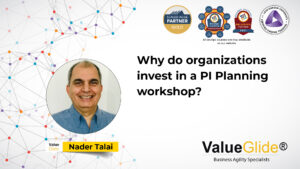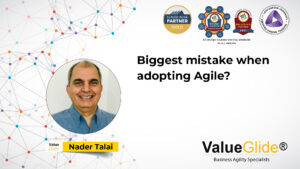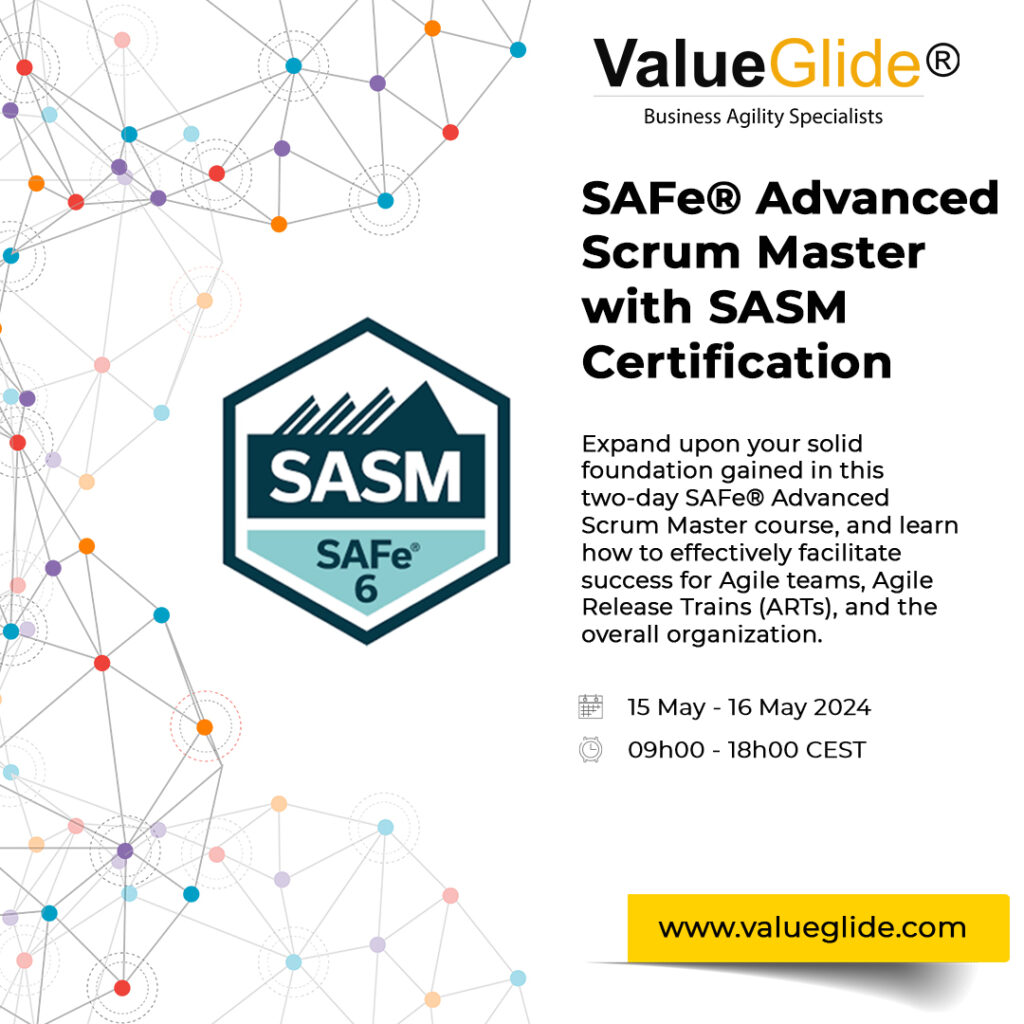IT Projects fail to deliver their goals!
The success rate does not increase, but let’s keep going the same way.

Build it and they will come.
Faster Organisation
- Hypothesis-driven
- Pull-driven
- Feedback
- Visualise
- Collaboration
- Teams
- Synchronisation & Coordination
Hypothesis-driven
We create certainty where one does not exist. We do this all the time and unconsciously, our approach to funding projects is no exception. We want certainty that our investment will deliver the results that we desire, so a detailed business case and project plan that creates the certainty we desire is required. The business case and project plan go through a series of elaborations until the project is approved or occasionally, rejected by the investment board. The problem is that we have created an illusion of certainty where our domain is uncertain.
Navigating uncertainty
Step 1
How do we measure success?
- Define evidence of success upfront
- Define the buyer persona
- Define the hypothesis
We can now have a well-formed hypothesis
We have a hypothesis that delivering these features for these buyer personas addresses these needs and will deliver these outcomes. We know we have been successful when we have the evidence.
Define the measures first.
Step 2
Fund for the value of the outcome and the discovery needed to invalidate the hypothesis.
Fund the discovery.
Step 3
Learning, what are the experiments we need to invalidate our hypothesis with minimal investment?
Define the first experiment.
Step 4
Carry out the first experiment and measure the results.
Use what you’ve learnt to define your next experiment.
Step 5 (when the hypothesis is proven)
If we invalidate the hypothesis, that is great because we have now saved a lot of time and money. The majority of the hypothesis will be invalidated but the learning we gain from these will lead us to a better hypothesis and outcomes.
Start the build only when we have a valid hypothesis.
We know the measures.
Fund for the outcome
Measure, build iteratively, learn
- If your start rate exceeds your delivery rate, stop starting new work.
- Only start new work after you deliver.
- Measure work item ageing.
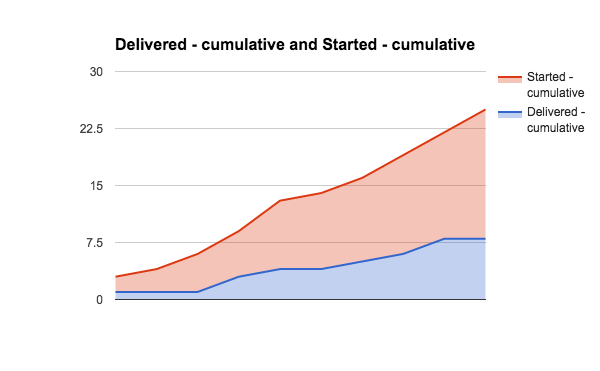
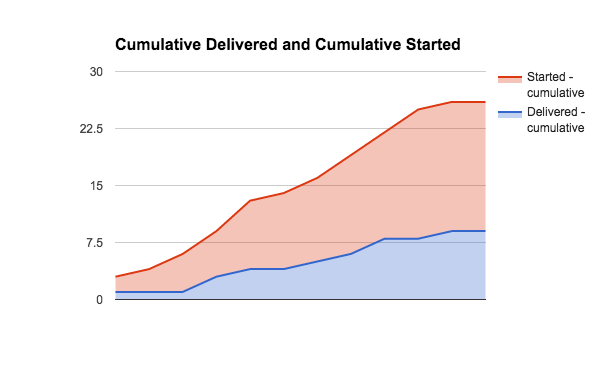
 TEAMS
TEAMS FEEDBACK
FEEDBACKHow does this help with delivering projects?
- Visualising your goal increases the likelihood of achieving the outcome
- Visualising your ways of working using a virtual kanban system makes the invisible knowledge work visible that enable you to manage the work better
- Visualising start and completion rate as a cumulative flow diagram
- Limiting the number of items in progress
- Measuring work item ageing and acting on the sources of delay
- Measuring progress based on completed work items
- Use statistical forecasting to estimate your completion time
- Taking small steps towards the ultimate goal, through hypothesis testing with frequent test and learn sessions with customers
- Limiting work in progress and creating a pull-based system
How much time do you think you lose each day to delays and handoffs? Share with us in the comments below.





